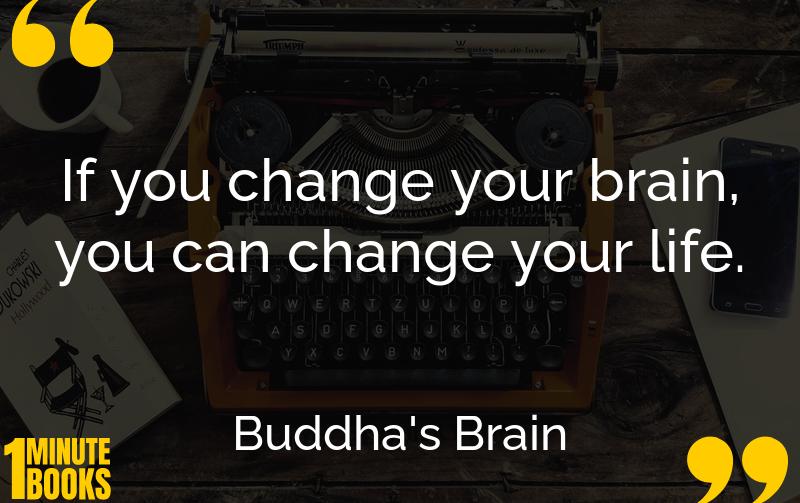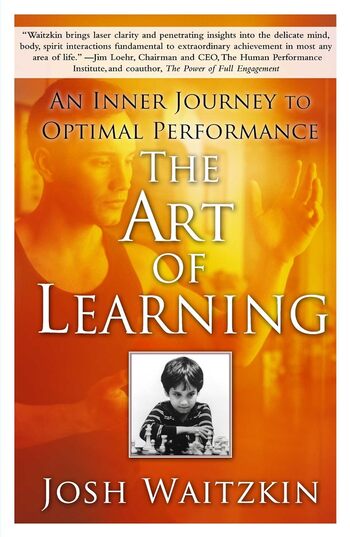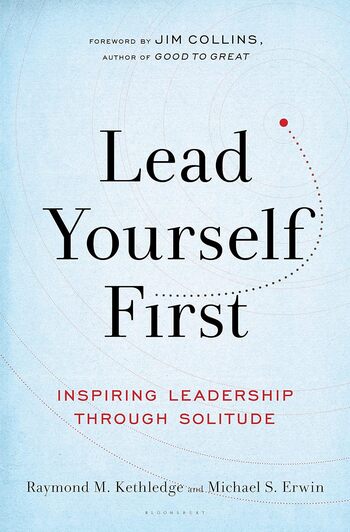
Buddha’s Brain blends neuroscience with mindfulness to illustrate how changing our thoughts can reshape our brains. Rick Hanson uses meditations and exercises to foster psychological growth, leading to greater happiness, love, and wisdom.
Main Lessons
- Our thoughts shape our brain, affecting our mental states and interactions.
- Mindfulness and meditation can alter brain states towards positivity.
- Stronger longings may inhibit happiness; mindful practices help overcome them.
- The brain often detects negative information quicker, complicating positive feedback.
- Simulated thoughts can detract from present-moment awareness and contentment.
- Self-compassion is more effective than self-esteem in enhancing resilience.
- Understanding ‘first’ and ‘second’ dart reactions can decrease self-imposed suffering.
- Balancing brain regions like the amygdala and prefrontal cortex is crucial.
- Equanimity, gained from meditation, acts as a circuit breaker amid reactions.
- Mindfulness offers well-controlled attention and inner peace amidst awareness.
- Neural flexibility brings clarity and peace, even when mental patterns vary.
- Desiring often leads to dissatisfaction; mindfulness offers more fulfilling rewards.
- Happiness can be cultivated by learning from seasoned contemplative practitioners.
- Our brain’s simulator can lead to unnecessary stress; grounding helps.
- Developing emotional intelligence enhances logical reasoning and reduces impulsivity.








